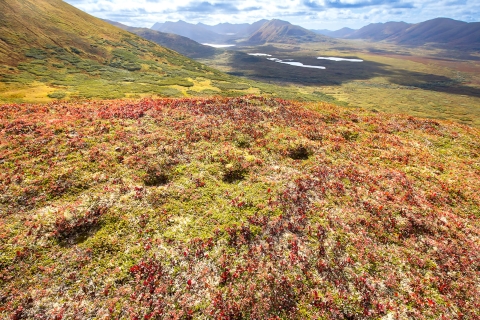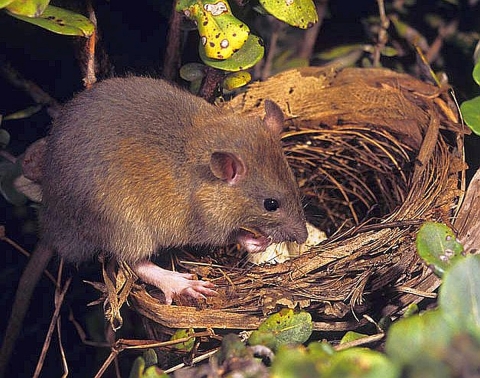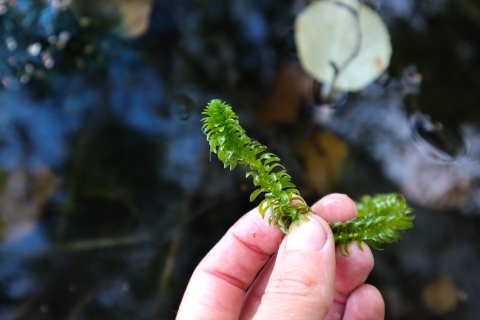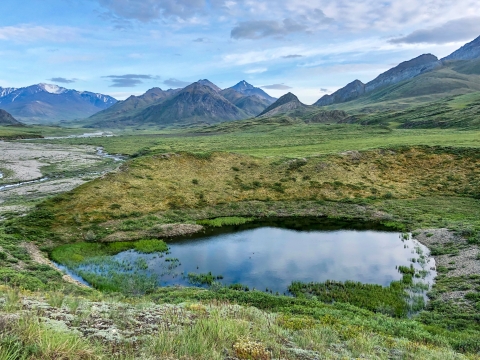Are you crushing your goals for your New Year’s resolution this year? Do you need a new one? If so, may we suggest a new approach for the next task on your personal improvement list? Instead of going with the same old resolution (stop procrastinating, exercise every day, lose weight—sound familiar?), consider trying something new this year. Try broadening the scope of your resolution from personal health and well-being to environmental health and well-being.
One meaningful and impactful resolution to try out this year is making invasive species invasive species
An invasive species is any plant or animal that has spread or been introduced into a new area where they are, or could, cause harm to the environment, economy, or human, animal, or plant health. Their unwelcome presence can destroy ecosystems and cost millions of dollars.
Learn more about invasive species prevention a priority. Alaska’s unique ecosystems, from its vast boreal forests to its open treeless tundras, are increasingly vulnerable to the harmful effects of non-native species. These species can outcompete native plants and animals, disrupt food chains, and alter habitats in ways that have long-term, often irreversible consequences.
Invasive species are not just a threat to biodiversity—they can also impact Alaska’s subsistence foods and economy, which relies heavily on industries like fishing, tourism, and natural resource management. Invasive species such as Elodea and Northern pike have already caused damage by altering habitats critical to native wildlife, including the salmon populations that are central to the state’s culture and economy. Invasive mammals, like the Norway rat, also pose a threat to Alaska’s islands, which are vital to seabird colonies.
Ready to give it a try? Set yourself up for success with these small, intentional actions.
- When out recreating, clean yourgear, boats, hiking boots, and everything else to prevent the spread of invasive seeds, larvae, or aquatic species between regions.
- When gardening or landscaping, opt for native plants to help maintain local biodiversity and discourage the introduction of non-native species.
- Report any sightings of invasive species to local authorities, as early detection is key to effective control.
- Call 1-877-INVASIV (1-877-468-2748)
- Use Alaska Department of Fish and Game Online Invasive Species Reporter








